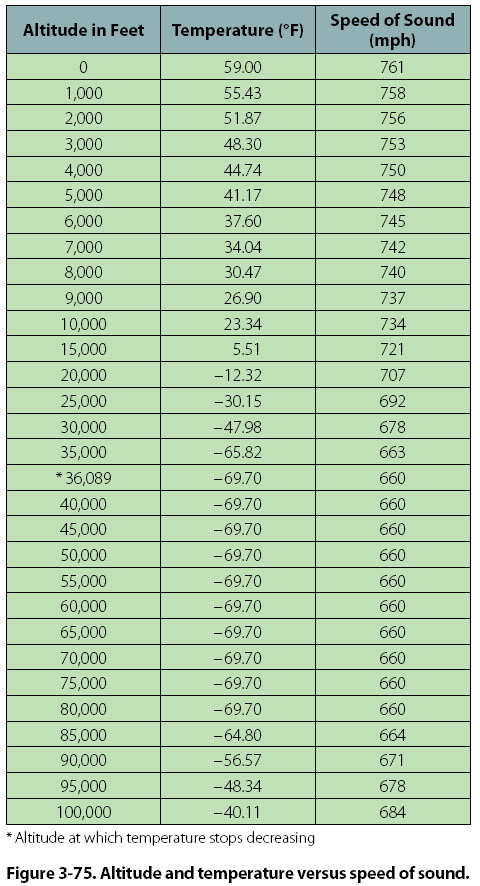

All values decrease with increase in altitude: It is used as a standard against which one can compare the actual atmosphere and based on the values at mean sea level shown below. The International Standard Atmosphere “is intended for use in calculations and design of flying vehicles, to present the test results of flying vehicles and their components under identical conditions, and to allow unification in the field of development and calibration of instruments.” The use of this atmospheric model is also recommended in the processing of data from geophysical and meteorological observations. The Earth’s atmosphere is constantly changing International Standard Atmosphere (ISA) The differences between the two are only at altitudes higher than 86 km, which are outside the scope of this calculator. Standard Atmosphere (USSA), which uses the same atmospheric model.

Another widely used model is the 1976 U.S.

Standards organizations in various countries publish their own atmospheric models based on ISA.
Speed of sound at altitude iso#
It is published by the International Organization for Standardization (ISO) as an international standard ISO 2533:1975. The International Standard Atmosphere is one such model. Their use is necessary for aircraft development, for studying their performance, for comparing the performance of different aircraft and for many other aeronautic and aviation science applications.Ī concept of the standard atmosphere was developed to standardize calibration of pressure in altimeters, for studying the performance of aircraft engines where knowledge of air density, pressure and temperature at mean sea level (MSL) and their distribution as a function of altitude is essential. These models are known as “standard atmospheres”. The Earth’s atmosphere is constantly changing, therefore, hypothetical models were developed as an approximation of what may be expected assuming the air does not contain dust or moisture and there is no winds or turbulence. C.Definitions, Constants, and Formulas Used in Calculations It is because the ΔH of the reaction is negative. It is not because the ΔH of the reaction is negative. Is this reaction spontaneous? 2ZnS + 3O2 + C → 2SO2 + 2Zn + CO2 A. The ΔH of the reaction below is -575.13 kJ. (show your work) a) What absolute value expression can be used to represent this situation? b) Use the expression to determine the temperature range the enclosure The temperature of an enclosure for a pet snake should be about 27☌, give or take 3☌. (a) How far below the top of the well is the surface of the water? The speed of sound in air (at the ambient temperature) is 336 m/s. The sound of the splash is heard 2.40 s after the rock is released from rest. If the sound of the impact is heard 101.4s after the torpedo was fired, what is the speed of sound inĪs dry air moves upward it expands and in doing so cools at a rate of 1 degrees Celsius for each 100 m rise up to about 12 km If the ground temperature is 20 degrees Celsius find an expression for the temperature T as a function of the height H the answerĪ rock is dropped from rest into a well. It depends on the temperature because the ?H of the reaction is negative and the ?S isĪ torpedo fired from a submerged submarine is propelled through the water with a speed of 20.00 m/s and explodes upon impact with a target 2000.0m away. It is not because the ?H of the reaction is negative. Is this reaction spontaneous? 2ZnS + 3O2 + C ? 2SO2 + 2Zn + CO2 A. The ?H of the reaction below is -575.13 kJ. Write an expression for the time the arrow is in the air until it returns to launch height in Find the maximum height h reached by the arrow, in meters. 1) What is the difference between the speed of light and the speed of sound? 3.0 x 10^8 - 3.4 x 10^2 2) How many timesĪn archer fires an arrow straight up into the air with a speed vo = 14 m/s. The speed of sound is approximately 3.4 x 10^2 meters per second. The speed of light is approximately 3.0 x 10^8 meters per second. How deep is the hole?Īt what temperature, in degrees Celsius, is the speed of sound in air 341 m/s? The speed of sound is 343 m/s in air, and the sound of the stone striking the bottom is heard 3.24 s after the stone is dropped. A spelunker (cave explorer) drops a stone from rest into a hole.


 0 kommentar(er)
0 kommentar(er)
